Home>Gardening & Outdoor>Landscaping Ideas>How Does Sea Grass Grow
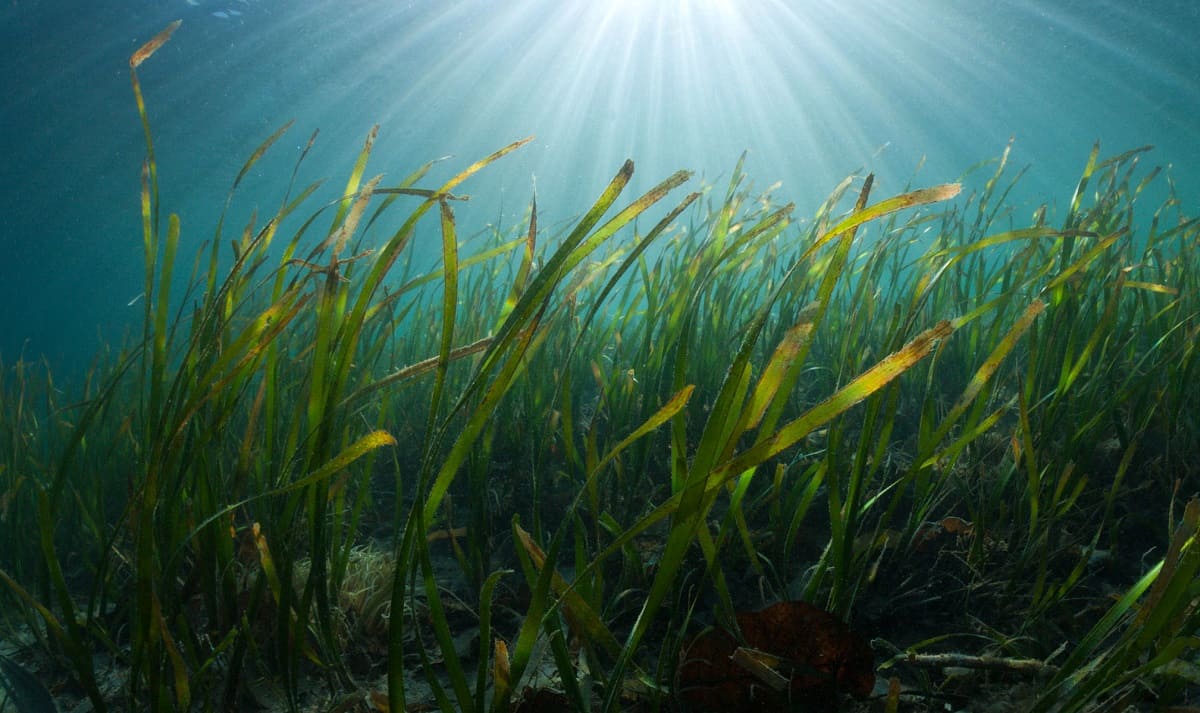

Landscaping Ideas
How Does Sea Grass Grow
Modified: February 18, 2024
Discover effective landscaping ideas with our guide on how sea grass grows and thrives. Transform your outdoor space with expert tips and inspiration.
(Many of the links in this article redirect to a specific reviewed product. Your purchase of these products through affiliate links helps to generate commission for Storables.com, at no extra cost. Learn more)
**
Introduction
**
Welcome to the fascinating world of sea grass! While it may not be as renowned as the lush greenery of terrestrial landscapes, sea grass plays a vital role in the health of our oceans and coastal areas. In this article, we will delve into the intricacies of sea grass, exploring its significance, growth process, and the factors that influence its thriving existence.
As we embark on this journey, envision the serene underwater meadows where sea grass flourishes, providing shelter to an array of marine life and contributing to the overall balance of delicate aquatic ecosystems. Join me in unraveling the mysteries of sea grass, from its humble beginnings to its crucial role in maintaining the harmony of our coastal environments.
So, let's dive in and discover the wonders of sea grass, gaining a deeper understanding of its growth, importance, and the measures taken to preserve its existence. Prepare to be captivated by the beauty and significance of this often underappreciated marine vegetation!
**
Key Takeaways:
- Sea grass is a vital part of coastal ecosystems, providing homes and food for marine life, improving water quality, and even helping to combat climate change by storing carbon dioxide.
- To help sea grass thrive, we need to protect it from factors like pollution, sedimentation, and physical damage, and work together to create marine protected areas and educate communities about its importance.
Read more: What Does Sea Grass Eat
What is Sea Grass?
Sea grass, not to be confused with seaweed, is a group of flowering plants that have adapted to grow in marine environments. These remarkable plants are found in shallow coastal waters where they form dense underwater meadows, resembling the grassy plains of terrestrial landscapes. Despite their name, sea grasses are more closely related to lilies and other monocotyledonous plants than to grass species found on land.
There are around sixty different species of sea grass, each with its own unique characteristics and ecological functions. These plants play a crucial role in the marine ecosystem, serving as vital habitats, food sources, and nurseries for a diverse array of marine organisms, including fish, crustaceans, and mollusks.
Sea grasses are characterized by their long, ribbon-like leaves and complex root systems, which anchor them to the seabed and stabilize the sediment. Their ability to photosynthesize provides oxygen and organic matter to the surrounding environment, contributing to the overall health of coastal ecosystems. Additionally, sea grass meadows act as natural filters, trapping sediments and absorbing nutrients, thus improving water clarity and quality.
These remarkable plants have evolved unique adaptations to thrive in their marine habitats, such as the ability to tolerate high salinity, strong wave action, and varying light levels. Their resilience and ecological significance make sea grasses a critical component of coastal ecosystems, playing a pivotal role in the balance and sustainability of marine life.
Now that we have gained a better understanding of what sea grass is, let’s explore its immense ecological importance and the ways in which it sustains the delicate balance of coastal environments.
**
Importance of Sea Grass
The significance of sea grass extends far beyond its role as a picturesque underwater landscape. These marine plants are integral to the health and stability of coastal ecosystems, offering a multitude of ecological, economic, and social benefits.
One of the primary functions of sea grass meadows is their role as vital habitats for a diverse range of marine organisms. The dense underwater vegetation provides shelter, feeding grounds, and breeding sites for fish, crustaceans, and mollusks. In doing so, sea grasses support the life cycles of numerous species, contributing to the overall biodiversity and productivity of coastal waters.
Besides serving as crucial nurseries for marine life, sea grass meadows also play a pivotal role in maintaining water quality. Their intricate root systems stabilize sediment, preventing erosion and maintaining the clarity of coastal waters. Additionally, sea grasses act as natural filters, absorbing nutrients and pollutants, which helps to improve water quality and reduce the impacts of runoff from land-based activities.
From an economic perspective, sea grasses offer substantial benefits to coastal communities. They support commercial and recreational fisheries by providing essential habitats for fish and shellfish, thus contributing to the livelihoods of fishermen and the economy at large. Furthermore, sea grass meadows attract tourists and nature enthusiasts, bolstering coastal tourism and recreational activities.
Moreover, sea grasses play a critical role in carbon sequestration and climate change mitigation. They capture and store carbon dioxide from the atmosphere, helping to mitigate the impacts of climate change. This carbon sequestration capacity makes sea grass meadows a valuable asset in the global effort to combat climate change and its associated environmental challenges.
By understanding the immense ecological, economic, and social importance of sea grass, we can fully appreciate the need to protect and conserve these invaluable marine ecosystems. As we continue our exploration, let’s uncover the fascinating process of how sea grass grows and the factors that influence its growth and survival.
**
How Sea Grass Grows
The growth of sea grass is a remarkable process that unfolds beneath the shimmering surface of coastal waters. Unlike their terrestrial counterparts, sea grasses have adapted to thrive in a challenging marine environment, where they undergo a fascinating journey from seed germination to the formation of lush underwater meadows.
Sea grasses propagate and spread through a combination of sexual and asexual reproduction. The reproductive organs of sea grasses produce flowers and seeds, which are dispersed by water currents, tides, and marine life. Once the seeds settle in suitable sediment, they germinate and develop into young plants, initiating the growth cycle of sea grass meadows.
The growth of sea grass is characterized by the expansion of rhizomes, underground stems that give rise to new shoots and roots. These rhizomes enable sea grasses to form extensive interconnected networks, anchoring the plants to the seabed and facilitating their spread across the ocean floor. As the sea grass meadows expand, they provide essential habitats for a myriad of marine species, fostering biodiversity and ecological resilience.
Furthermore, the photosynthetic capabilities of sea grasses play a fundamental role in their growth and development. Through the process of photosynthesis, sea grasses harness sunlight to produce energy, using it to fuel their growth and contribute oxygen to the surrounding environment. This photosynthetic activity is essential for the vitality of sea grass meadows and the marine life they support.
As sea grasses continue to grow and proliferate, they form dense underwater meadows that teem with life, from tiny invertebrates to large fish species. These vibrant ecosystems provide food, shelter, and breeding grounds, sustaining the intricate web of life in coastal waters and contributing to the overall health of marine environments.
By unraveling the captivating process of how sea grass grows, we gain a deeper appreciation for the resilience and beauty of these marine plants. Now, let’s explore the factors that influence the growth and survival of sea grass, shedding light on the delicate balance that sustains these vital coastal ecosystems.
**
Sea grass grows in shallow coastal waters where there is plenty of sunlight. It needs nutrients from the sediment and clear water to thrive. Protecting coastal areas from pollution and development can help sea grass grow.
Factors Affecting Sea Grass Growth
The growth and survival of sea grasses are influenced by a myriad of environmental factors, each playing a crucial role in shaping the health and resilience of these vital marine ecosystems. Understanding these factors is essential for the conservation and management of sea grass meadows, as they provide valuable insights into the delicate balance that sustains these underwater habitats.
Light availability is a fundamental factor influencing the growth of sea grass. As photosynthetic organisms, sea grasses require sufficient light to fuel their metabolic processes and sustain their growth. Shaded or turbid waters can impede the photosynthetic activity of sea grasses, affecting their overall health and productivity. Therefore, water clarity and light penetration are critical determinants of sea grass growth.
Water quality, including nutrient levels and sedimentation, significantly impacts the growth of sea grass meadows. Excessive nutrient runoff from human activities, such as agriculture and urban development, can lead to eutrophication, causing algal blooms and reducing water clarity. Sedimentation, often exacerbated by coastal development and erosion, can smother sea grasses, inhibiting their growth and survival.
Salinity levels in coastal waters also play a vital role in sea grass growth. Sea grasses have adapted to tolerate a range of salinities, but dramatic fluctuations or prolonged exposure to low salinity can stress these plants, affecting their growth and reproductive success. Therefore, maintaining stable salinity levels is essential for the health of sea grass meadows.
The physical disturbance of sea grass beds, whether from natural phenomena like storms and wave action or human activities such as boating and coastal development, can impact the growth and stability of these underwater ecosystems. Physical damage to sea grasses and their habitats can disrupt their growth cycles and lead to the fragmentation of meadows, affecting their overall health and resilience.
By comprehensively understanding the factors that influence sea grass growth, we can implement effective conservation and management strategies to safeguard these invaluable marine ecosystems. As we delve deeper into the conservation efforts aimed at preserving sea grass meadows, let’s reflect on the critical importance of these underwater habitats and the measures taken to ensure their continued existence.
**
Read more: What Does Sea Grass Look Like
Conservation of Sea Grass
The conservation of sea grass is of paramount importance to the health of coastal ecosystems and the myriad of benefits they provide to both marine life and human communities. As these vital underwater habitats face numerous threats, concerted efforts are essential to ensure the preservation and sustainable management of sea grass meadows.
One of the key strategies for conserving sea grass ecosystems involves the establishment of marine protected areas (MPAs) and the implementation of habitat restoration initiatives. MPAs serve as havens for sea grass meadows, safeguarding these critical habitats from destructive activities such as trawling and dredging. Furthermore, restoration projects aim to rehabilitate degraded sea grass beds, promoting their recovery and expansion.
Community engagement and education play a pivotal role in sea grass conservation efforts. By raising awareness about the ecological importance of sea grass meadows and their associated benefits, local communities and stakeholders can become advocates for their protection. Engaging in collaborative conservation projects empowers communities to actively participate in the preservation of these invaluable marine ecosystems.
Effective coastal zone management practices are essential for the conservation of sea grass. By integrating sea grass protection into coastal planning and development regulations, authorities can minimize the impacts of coastal infrastructure and human activities on these fragile habitats. Sustainable coastal development practices and the implementation of buffer zones help mitigate the adverse effects of urbanization and industrial activities on sea grass meadows.
Monitoring and research initiatives provide valuable insights into the health and dynamics of sea grass ecosystems. Through scientific monitoring and assessment programs, researchers can track changes in sea grass abundance, distribution, and resilience. This information is instrumental in guiding conservation efforts and adaptive management strategies aimed at preserving and enhancing the vitality of sea grass meadows.
International collaboration and advocacy are essential for the global conservation of sea grass ecosystems. By fostering partnerships between nations and advocating for the inclusion of sea grass conservation in international environmental agendas, the protection of these critical marine habitats can be prioritized on a global scale, ensuring their sustained existence for future generations.
As we reflect on the comprehensive conservation efforts aimed at safeguarding sea grass meadows, it is evident that these vital marine ecosystems require dedicated attention and proactive measures to ensure their continued existence. By valuing and protecting sea grass, we uphold the intricate balance of coastal ecosystems and secure the myriad of ecological, economic, and social benefits they provide.
**
Conclusion
In the depths of coastal waters, a hidden world of vibrant green meadows thrives, sustaining a delicate balance of life and ecological harmony. Sea grass, with its understated beauty and profound ecological significance, serves as a testament to the intricate interconnectedness of marine ecosystems and the essential role they play in our planet’s health.
Throughout this exploration, we have uncovered the remarkable nature of sea grass, from its unique growth process to its pivotal role in coastal ecosystems. We have delved into the importance of sea grass meadows, recognizing their multifaceted contributions to marine life, water quality, carbon sequestration, and coastal economies. As we navigated the factors influencing sea grass growth and the conservation efforts aimed at preserving these invaluable habitats, we gained a deeper appreciation for the complexities and vulnerabilities of these underwater ecosystems.
It is evident that the conservation of sea grass requires a holistic approach, encompassing scientific research, community engagement, sustainable management practices, and international collaboration. By valuing and protecting sea grass, we uphold the delicate balance of coastal ecosystems and secure the myriad of ecological, economic, and social benefits they provide.
As we conclude this journey through the world of sea grass, let us carry forward a renewed sense of stewardship for these vital marine habitats. By recognizing the irreplaceable value of sea grass meadows and advocating for their preservation, we contribute to the resilience and sustainability of coastal environments, ensuring that future generations can continue to marvel at the beauty and significance of these underwater wonders.
May our collective efforts serve as a testament to the enduring importance of sea grass conservation, safeguarding these invaluable marine ecosystems for the prosperity of our planet and all who depend on the health of our coastal waters.
Frequently Asked Questions about How Does Sea Grass Grow
Was this page helpful?
At Storables.com, we guarantee accurate and reliable information. Our content, validated by Expert Board Contributors, is crafted following stringent Editorial Policies. We're committed to providing you with well-researched, expert-backed insights for all your informational needs.
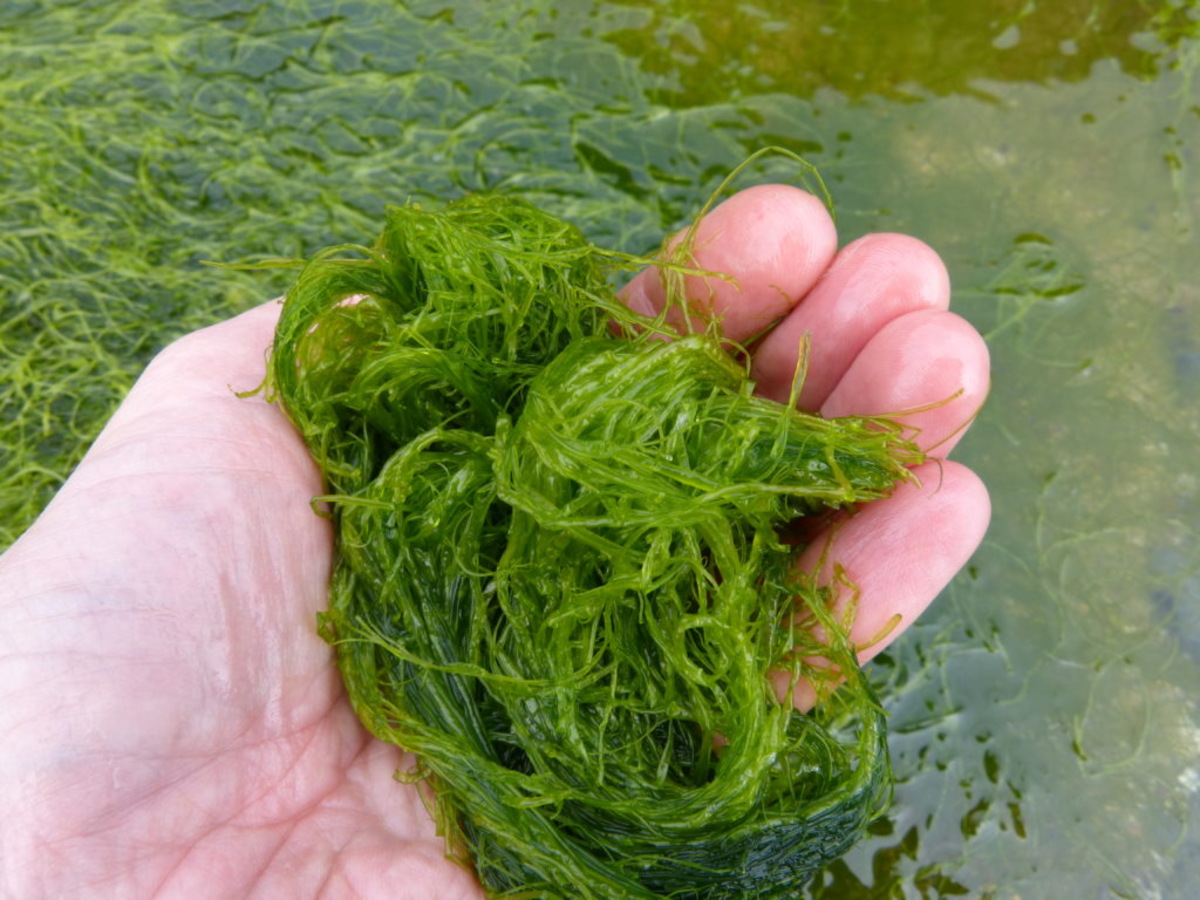
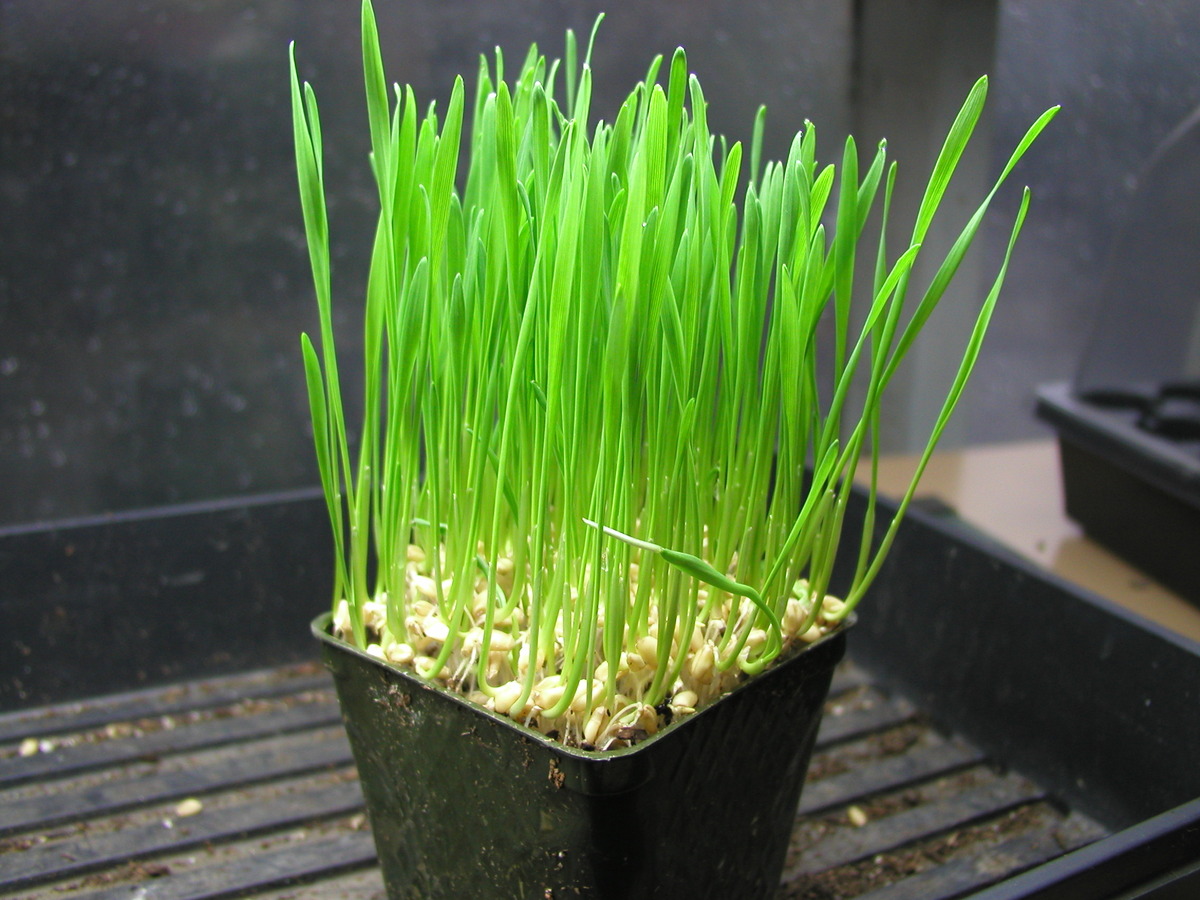
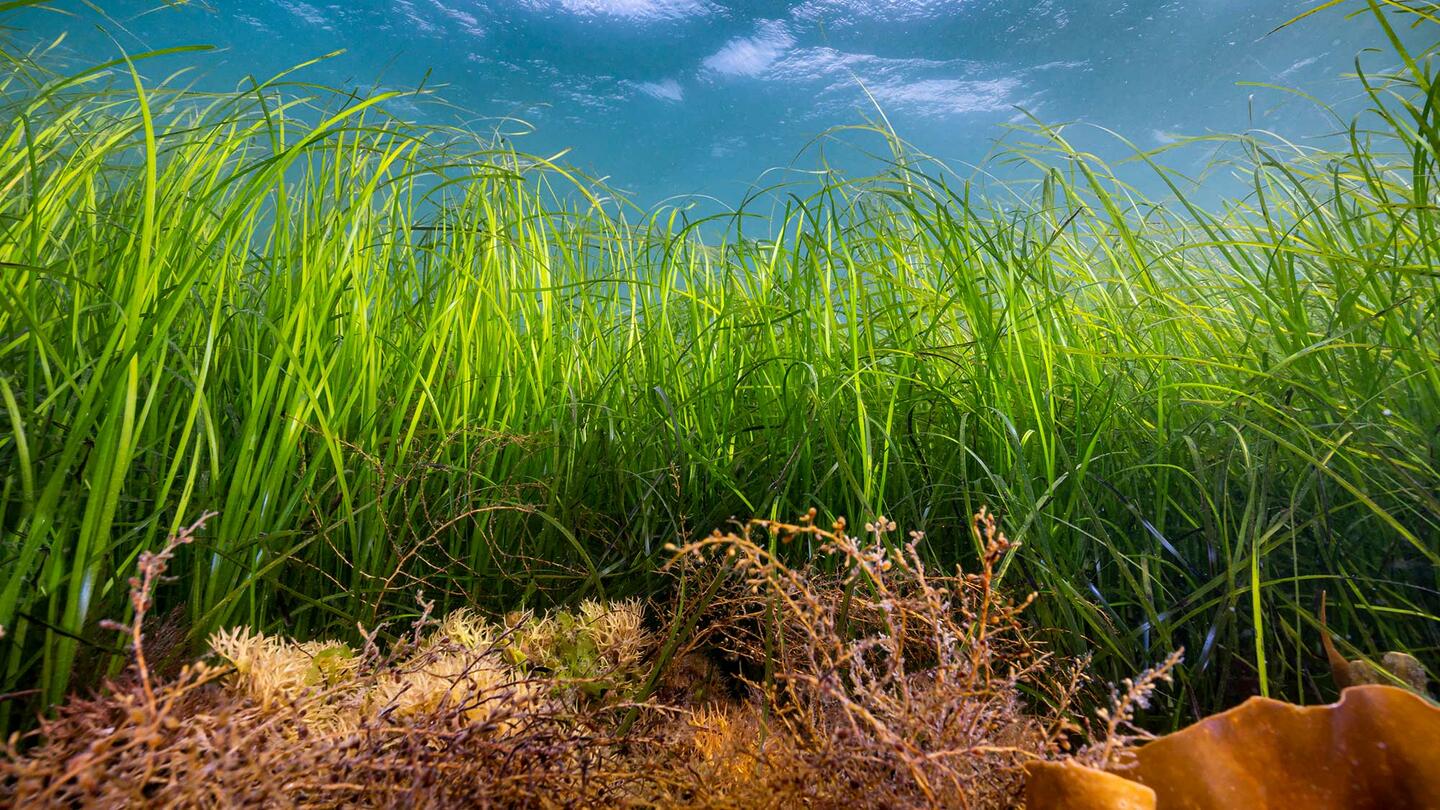
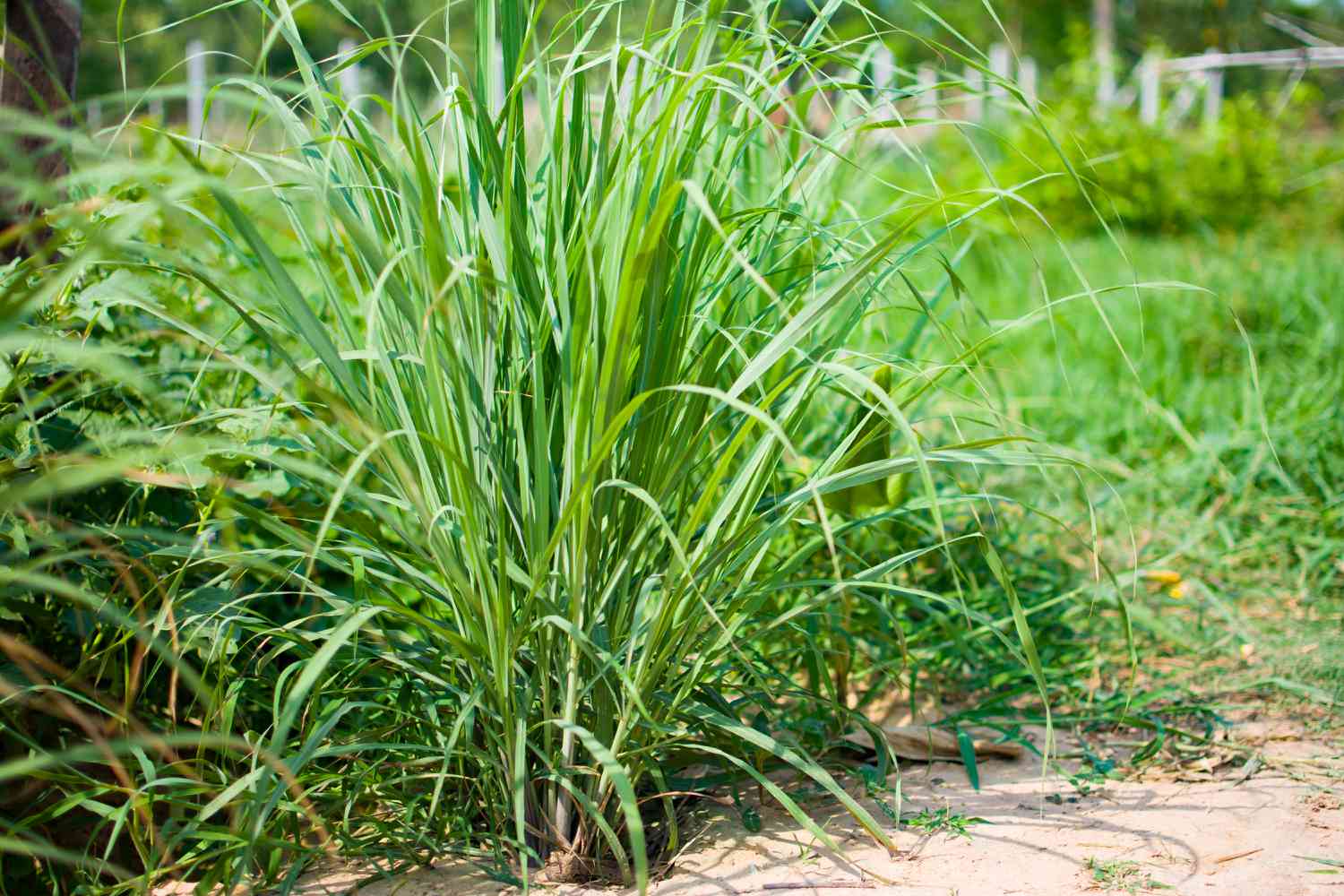
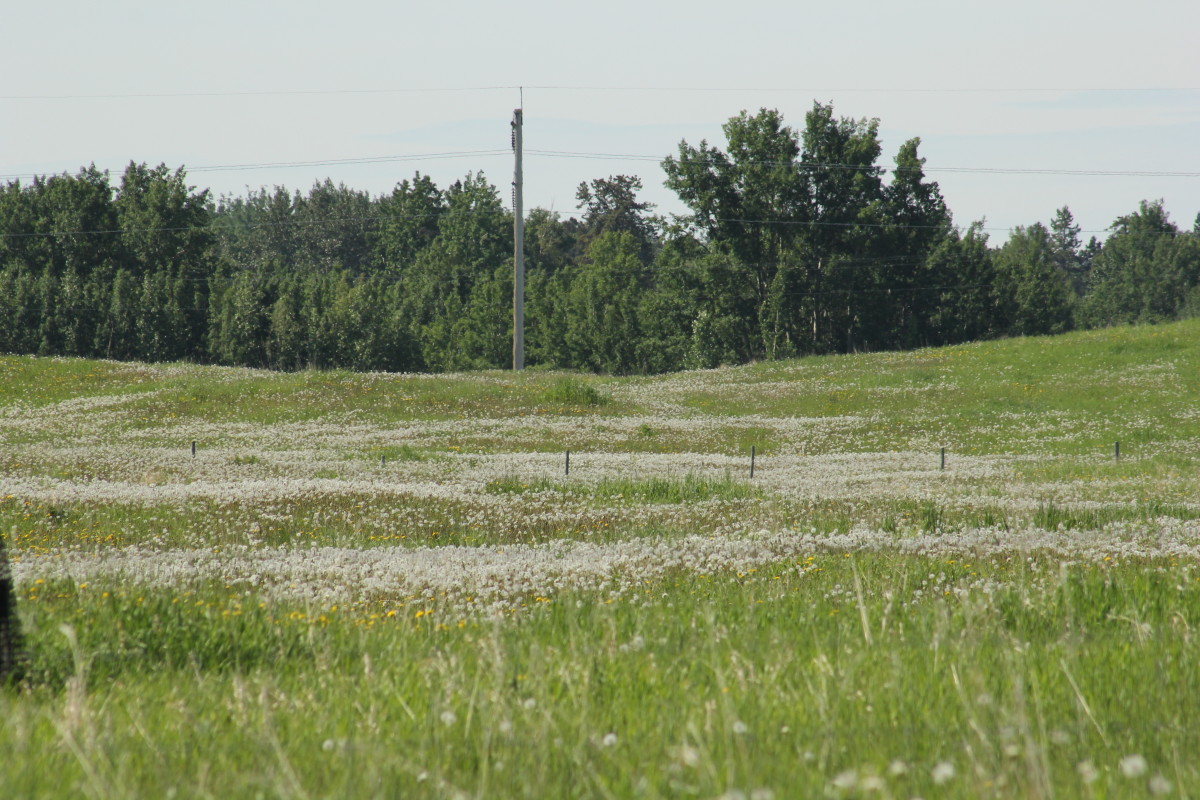
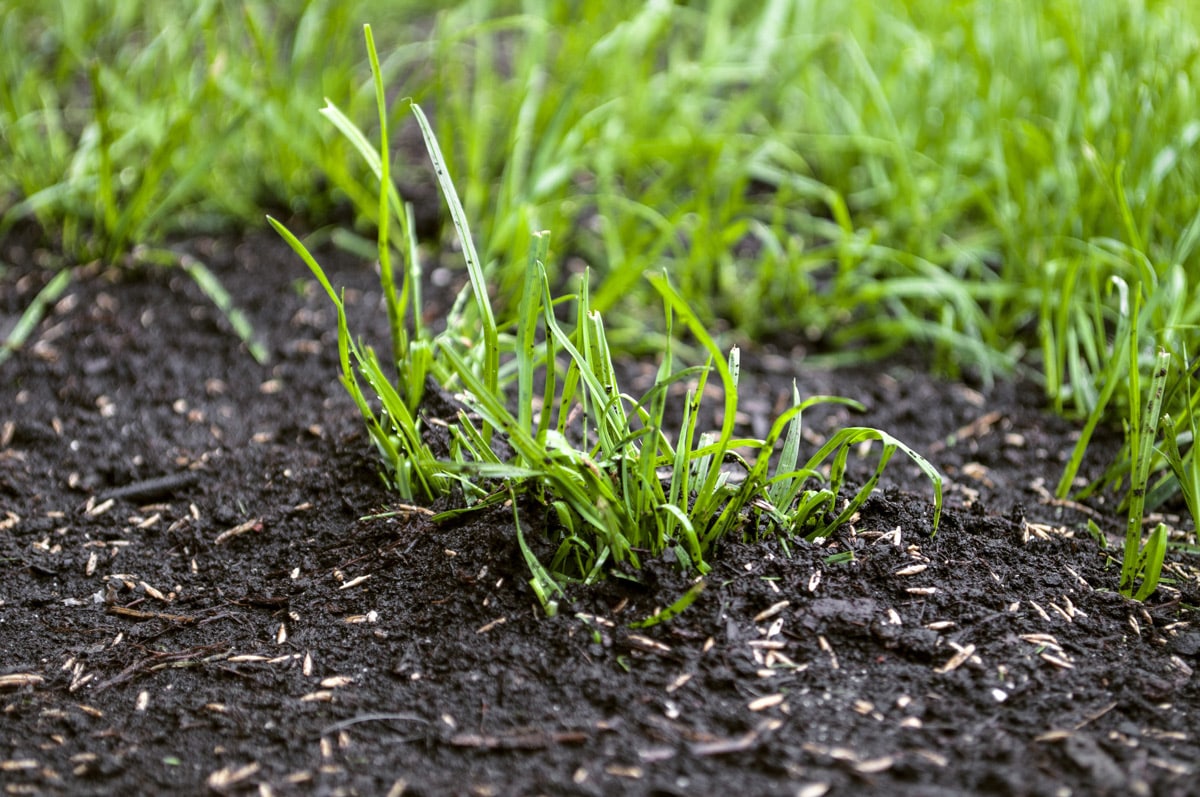
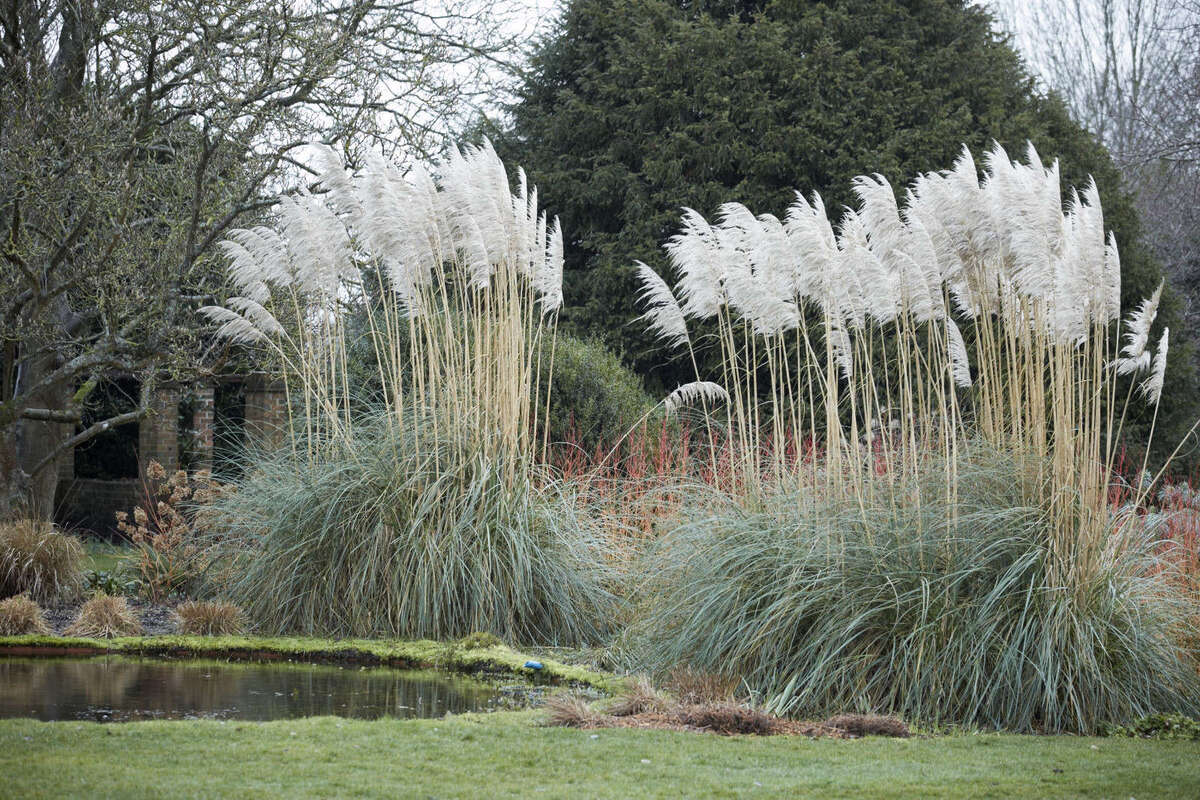
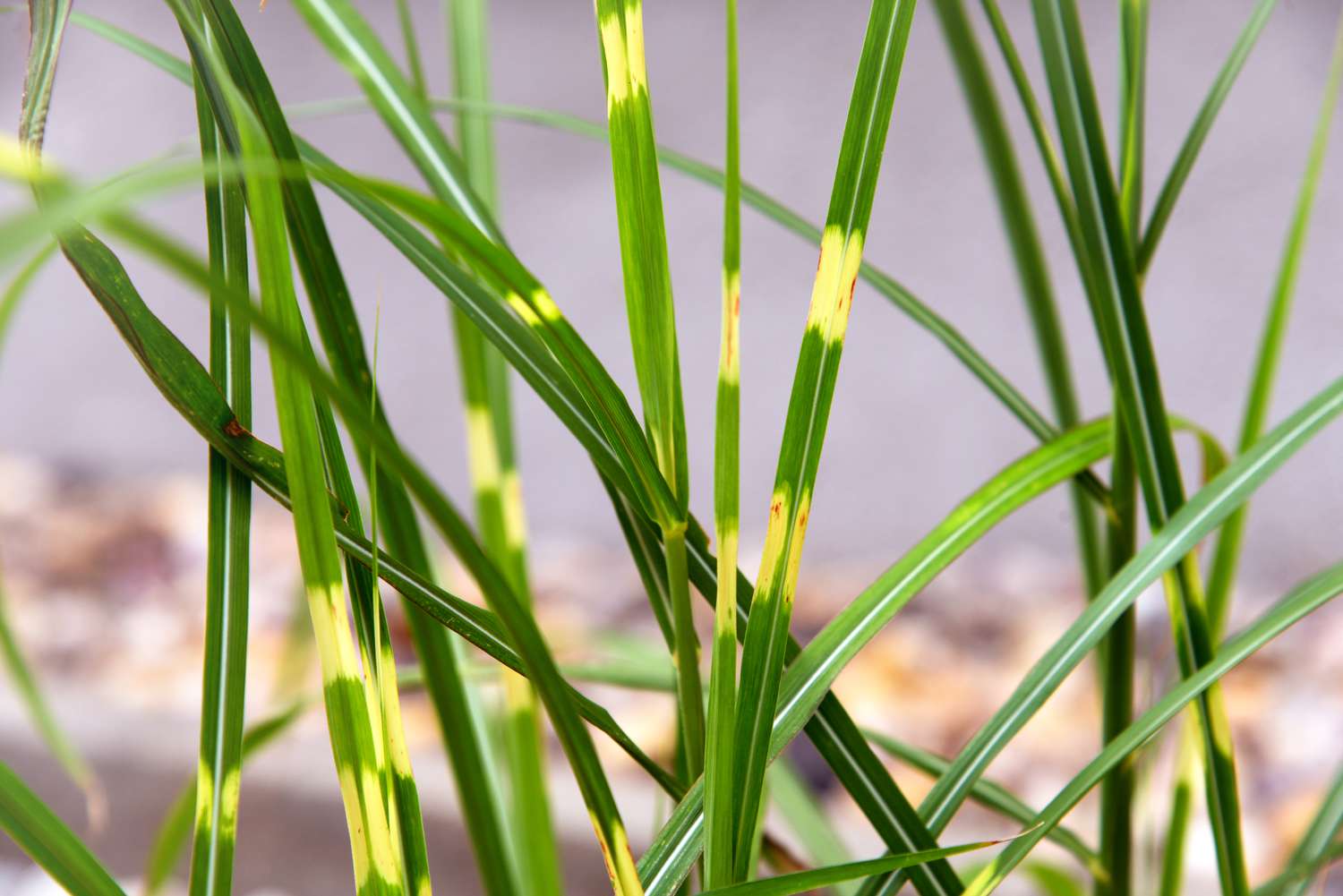
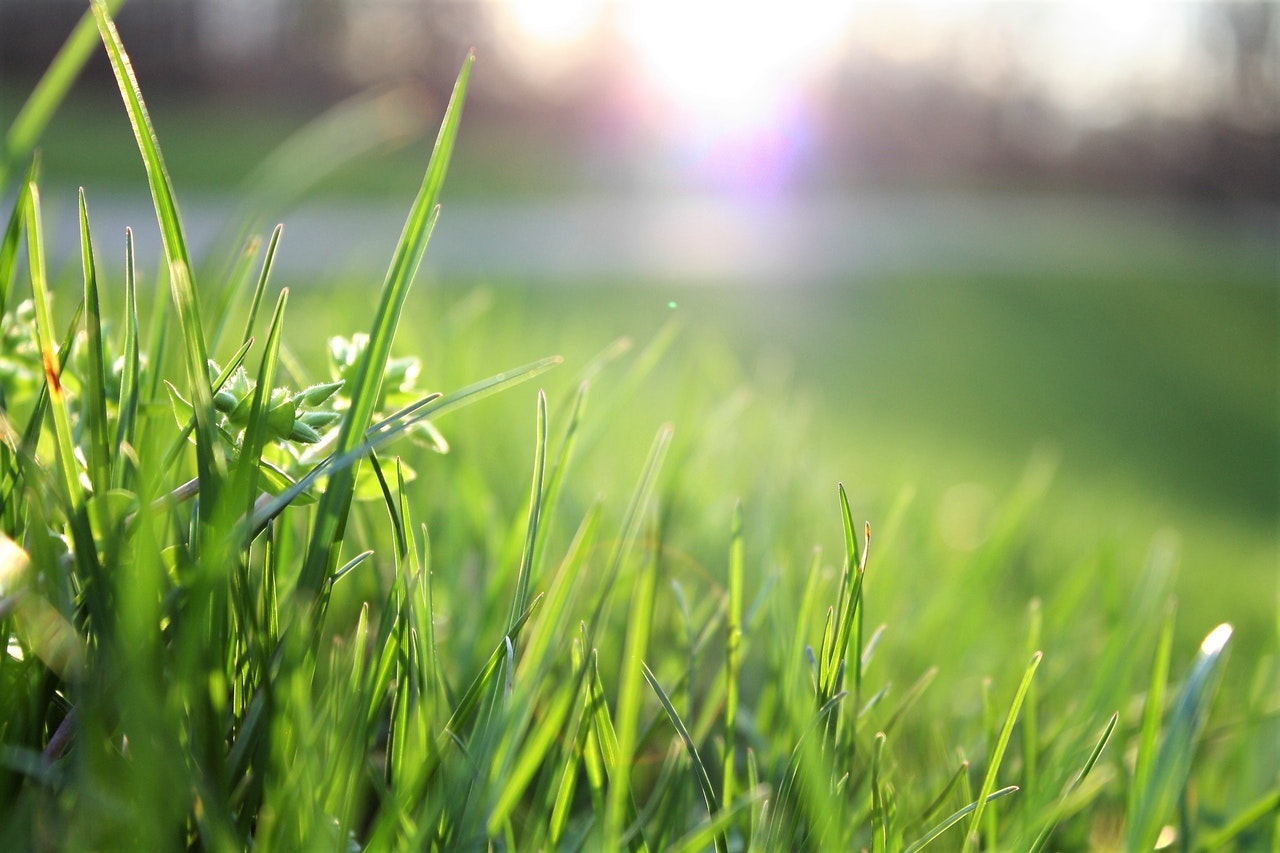
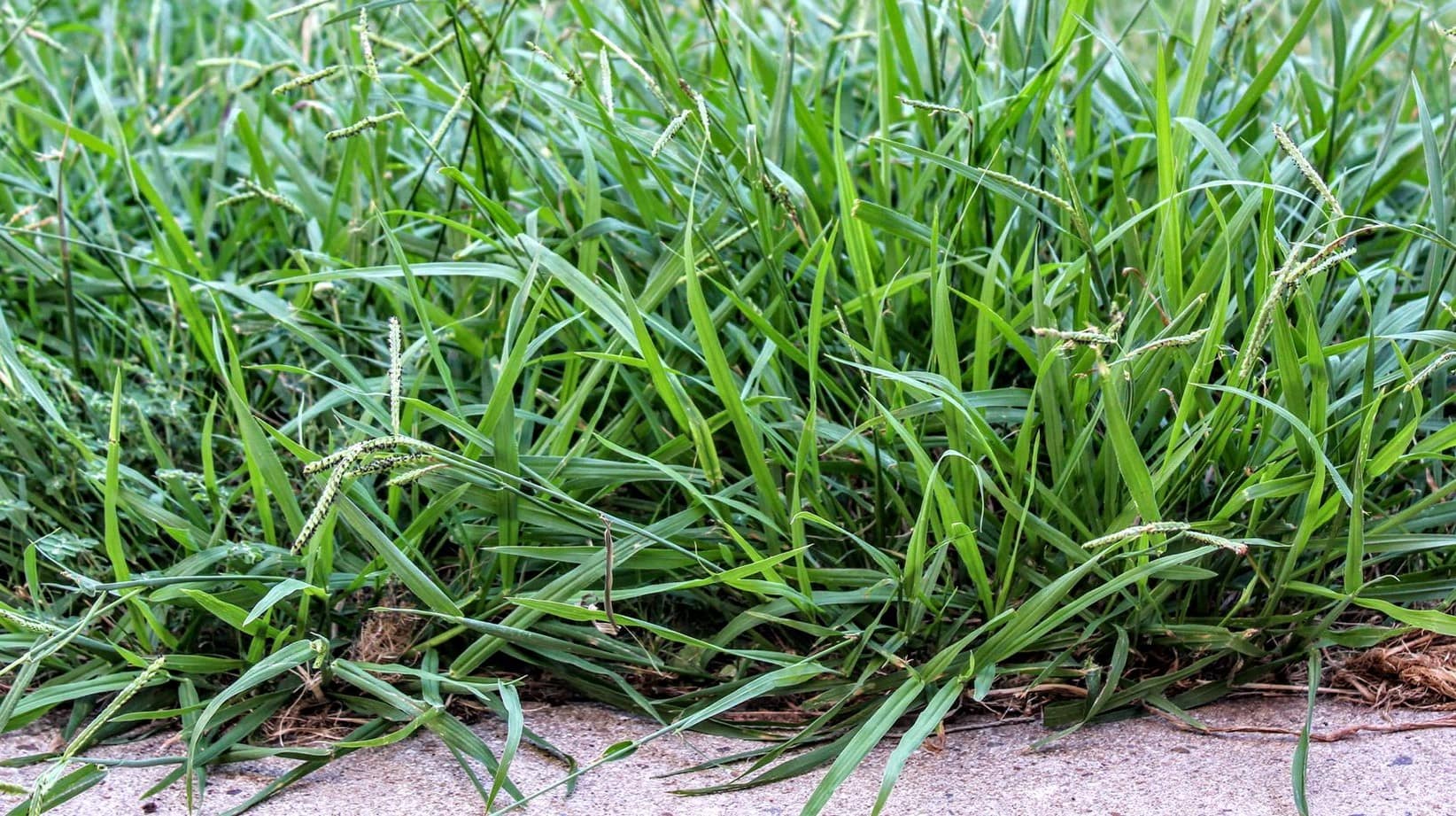
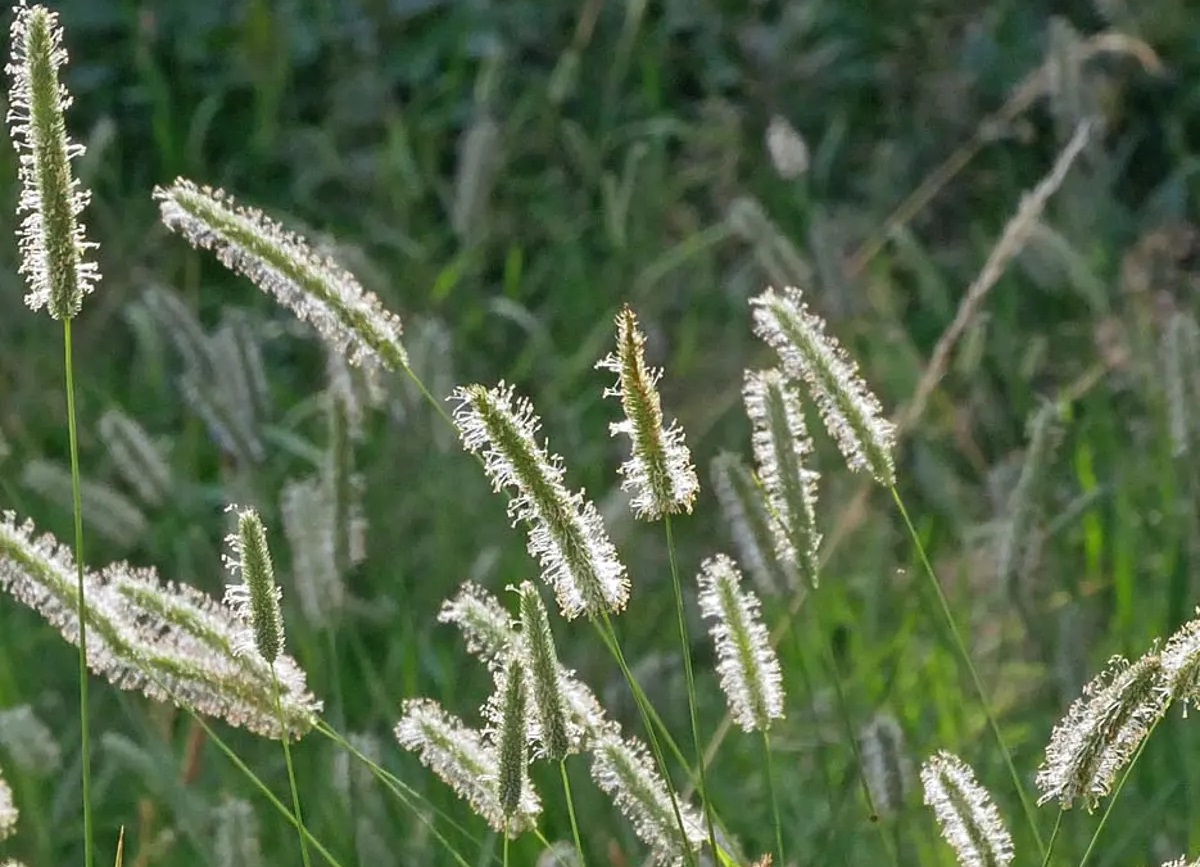
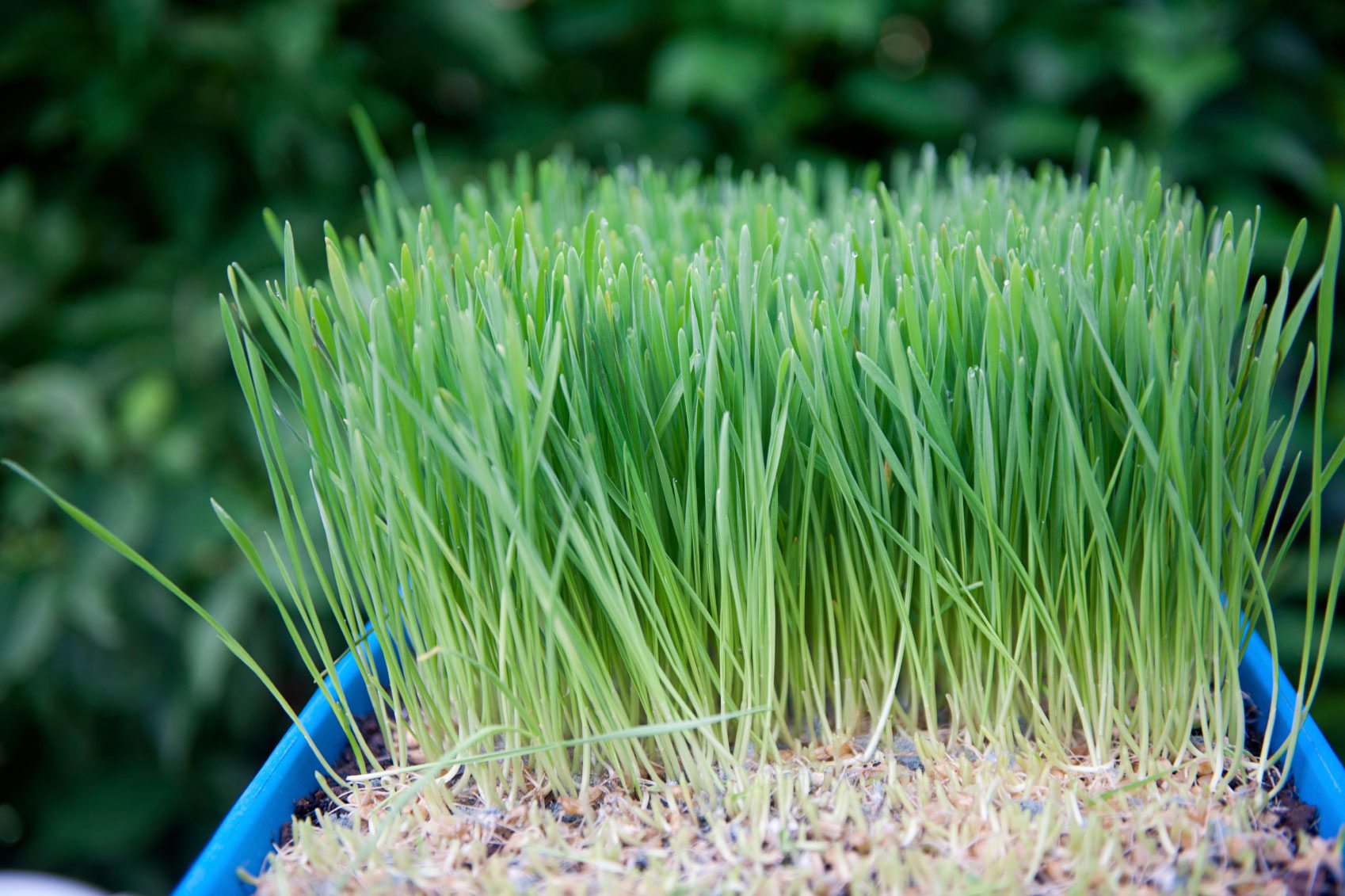
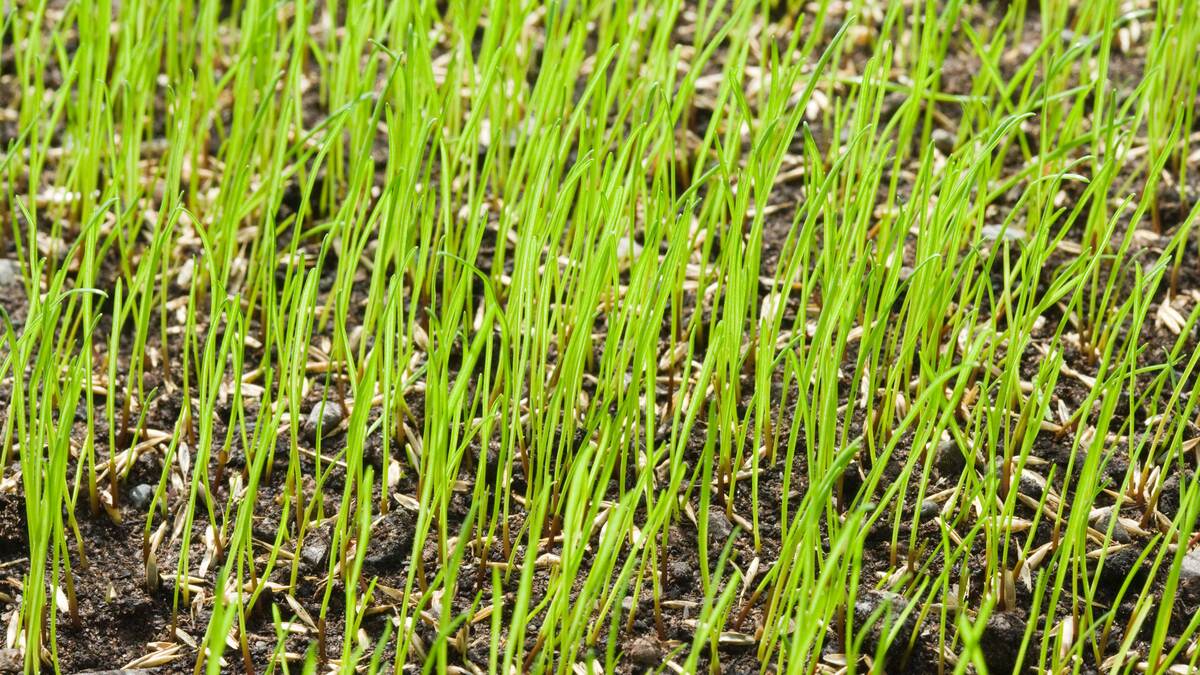
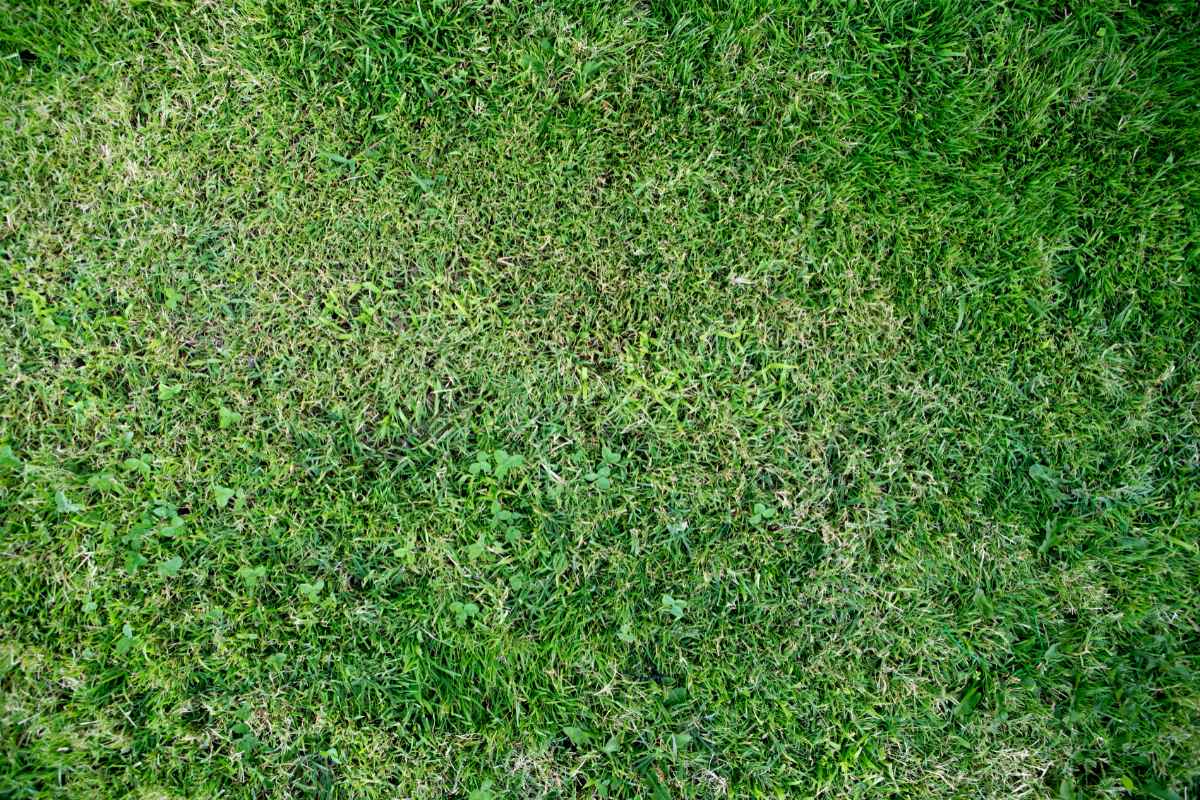

0 thoughts on “How Does Sea Grass Grow”